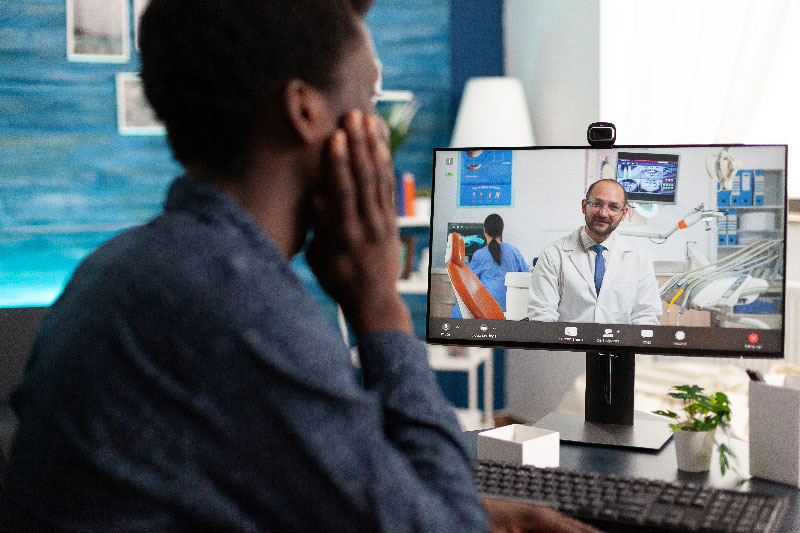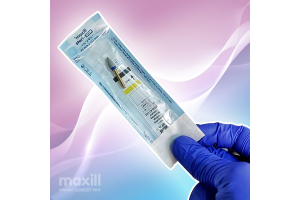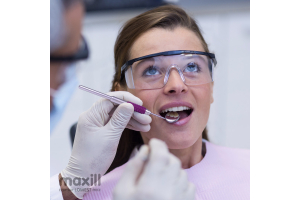Providing Care Through Teledentistry

We have become a society that expects technology such as search engines to provide immediate answers to our questions, electronic navigation systems to get us where we need to go, and the effortless capability to communicate to those far and wide. Telecommunication is the transmission of information over a distance by various forms of technology. Electronically and digitally, information is transmitted by voice, data, and video transmission. Advances in telecommunication, digital communication, and the Internet present an excellent opportunity for medicine and dentistry to provide patients with a timely assessment of dental issues and connection to remote services1
The increased use of technology in dentistry, such as digital radiography, computer-generated images, and digital diagnostic imaging, has provided patients with improved quality of care. The electronic information gathered can now cross longer distances allowing for consultations, analysis, and partial or complete diagnosis and care from dental providers.
Providing Care Through Teledentistry
Teledentistry allows for consultation in several ways:
- Real-time consultation (synchronous) involves a virtual face-to-face video conference in which the provider and patient can see, hear and communicate with one another.
- Store-and-Forward Consultation (asynchronous) involves information gathered by the provider and forwarded to other colleagues for consideration and treatment planning. This stored information can include radiographs, digital impressions, periodontal and hard tissue charting, treatments provided, photographs, and other digital images. The store-and-forward method does not actively include the patient.
- Remote patient monitoring allows for collecting patient data from one location and transmission to a provider in a different area for use in care.
- Mobile health (mHealth) uses mobile communication devices such as cell phones, computers, and tablets to transmit patient education and health care practices 2,4.
Over the years and especially following the intense Covid years, teledentistry has been increasingly being adopted into general practice settings to triage care and treatment plan virtually, reducing chair time. Reducing patient chair time lowers the possibility of avoidable pathogen exposure and allows more patients needing clinical care to be treated daily. The remote communication ability has also expanded the ways dental providers can increase patient access to care by reducing distance as a barrier to care. Those living in more isolated areas of the country can now obtain an assessment appointment without travelling a great distance.
Legality, Safety, and Quality of Care in Teledentistry
There are essential aspects of teledentistry to be considered when providing this service. Any service conveyed through teledentistry should be in line with the service offered as if the appointment occurred in person. Privacy laws must be followed concerning the security of patient dental and medical information. All dental personnel who provide services through teledentistry must be licensed or credentialed according to the state or jurisdiction where they practice. Care provided via teledentistry will follow evidence-based practice guidelines to ensure that patient safety, quality of care, and positive health outcomes occur. All services must be appropriately documented and recorded. In some cases, allied dental personnel, such as assistants and hygienists, can provide services through teledentistry technology. In such cases, teledentistry cannot be used to expand the scope of practice or change legally-permitted duties of the assistant or hygienist2,4.
Reimbursement in Teledentistry
We all want to provide appropriate services to our patients, but we need to get paid at the end of the day. The same is for teledentistry virtual appointments. Although more accessible and less “in-chair” time is required, private and public third-party payers should cover the service provided. The coverage of services is considered on the same level as those provided through in-person consultations.
The Future of Teledentistry
As we recover from COVID-19, with further development of technological advancements, teledentistry can support us in:
- Improving access and delivery of oral health care with lower costs;
- Eliminating the disparities in oral healthcare between rural and urban communities;
- Enabling people in remote regions to receive dental specialists’ consultations;
- Becoming a complement to routine consults and dental visits, where some visits can always be accommodated virtually;
- Improving inter-professional communications with the integration of dentistry into the more extensive healthcare delivery system;
- Being environmentally friendly by reducing patient travel.
In Conclusion
Although we need more studies to assess the effectiveness, cost-effectiveness, and long-term use of teledentistry, the observed strengths, and upcoming opportunities indicate that teledentistry may fill a significant gap in oral health care delivery3.
Sources:
Sources:
- Jampani ND, Nutalapati R, Dontula BS, Boyapati R. Applications of teledentistry: A literature review and update. J Int Soc Prev Community Dent. 2011 Jul;1(2):37-44. doi: 10.4103/2231-0762.97695. PMID: 24478952; PMCID: PMC3894070.
- American Dental Association. (n.d.). ADA Policy on Teledentistry. https://www.ada.org/about/governance/current-policies/ada-policy-on-teledentistry
- Singhal S, Mohapatra S, Quiñonez C. Reviewing Teledentistry Usage in Canada during COVID-19 to Determine Possible Future Opportunities. Int J Environ Res Public Health. 2021 Dec 21;19(1):31. doi: 10.3390/ijerph19010031. PMID: 35010285; PMCID: PMC8751218.
- COVID-19: Guidance for the Use of Teledentistry. Royal College of Dental Surgeons of Ontario. https://www.rcdso.org/en-ca/standards-guidelines-resources/2019-novel-coronavirus/covid-19---emergency-screening-of-dental-patients-using-teledentistry . Published 2022. Accessed September 30, 2022.







